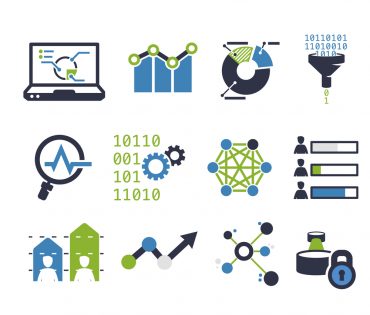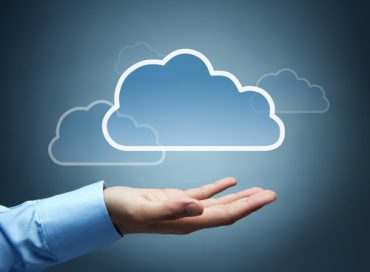
“Insight platforms” come in three types: visual, predictive, and streaming.
Amid all the headlines and articles about data lakes, Hadoop, and analytics software, it’s hard to remember one important truth: No business wants to collect and store data for the sake of storing data alone. There’s simply no value in it. Businesses want to take that data and turn it into some kind of knowledge or analytics insights that they can use.
In a recent webinar on “insight platforms,” two key figures at TIBCO Software, Inc.—Lou Bajuk-Yorgan, the senior director of product management for Streaming and Advanced Analytics, and Michael O’Connell, chief analytics officer—discussed how new insight platforms can help companies turn all that “useless” data into something more meaningful. How so? By combining visual analytics, predictive analytics, and streaming analytics in a closed-loop learning process that results in new insights that weren’t possible before.
On top of that, these insight platforms help source and manage the right data, enable analytics via a variety of techniques, implementing the resulting insights into software, and capture outcome data for continuous optimization.
Bajuk-Yorgan says that “insight-driven business are more successful” by harnessing digital insights and learning how to adapt. He adds: “How do they do this? By operating in a closed-loop learning process. The key idea here is to continuously experiment, and learn from the results of those experiments. Question every process, every decision, and how you can improve it.”
He further argues that companies need to be frank and courageous as to how they measure the efficacy of any given result. Without some genuine soul-searching, that iterative process will get stuck along the way.
Three kinds of insight platforms
Bajuk-Yorgan and O’Connell broke down the future of “insight platforms” into three primary categories: visual, predictive, and streaming. The visual side aims to deliver recommendation-driven insight to business and operations—the kind of information that marketing or sales might find useful, for example. The predictive side models business and system behavior using datasets of any size, and the streaming angle tries to sense trends and take action in exactly the right moment to improve business outcomes.
On the visual side, O’Connell gave a walkthrough of how to use the company’s Spotfire software, showcasing how big data can first be translated into visual analytics tools, and then also analyzed. He placed thousands of data points on a map with relative ease –which on its own, isn’t necessarily all that spectacular – but the speed was impressive. Perhaps more compelling was the capability to, in real time, convert those thousands of data points into a contour map that can be used to make further analysis about the situation at hand. The software can also offers polygon area analysis, trade area analysis, route optimization, drive distances, and much more.
Plenty of other analytics platforms exist that target each of the three insight categories. On the visual side, a number of companies, like Tableau, SAP Lumira, and Qlik, let users do drag-and-drop data visualizations from massive data sets; these business intelligence platforms are increasingly incorporating predictive analytics and real-time data.
For predictive analytics, data scientists have access to open-source frameworks like R, Apache Spark, and plenty of other platforms (TIBCO’s TERR [Enterprise Runtime for R] included). For streaming, there’s Apache Storm, Apache Flink, and countless commercial options.
We should expect to see more insight platforms begin to make strategic acquisitions of analytics packages that target one of the three niches, so that the company can make the fully-featured suite that so many demand today. Spotfire, after all, was once an independent company before being bought by TIBCO in 2007 for $195 million. There’s enormous potential for any business that can offer a single package that allows for all three types of data-based insights, and even bigger potential for enterprises that want to take advantage of it.






























